The Importance of Change in Education: A Case Study
VerifiedAdded on 2023/01/19
|5
|895
|20
Essay
AI Summary
This essay explores the critical importance of change within learning organizations, emphasizing its role in improvement and development. It delves into innovation configurations, the SEDL, and professional learning communities, outlining a framework for development using CBAM's six levels of innovation. The essay presents a case study of culturally responsive teaching in high school English Language, highlighting strategies that promote equal opportunities and individualized learning experiences. The author recommends continuous professional development for teachers, including specific time for instruction, reinforcement of strategies, and action learning sessions. The essay references various sources, including studies on effective teacher professional development and the application of the CBAM model, and concludes by underscoring the significance of adapting to student needs and cultural diversity to enhance the learning process.
1 out of 5
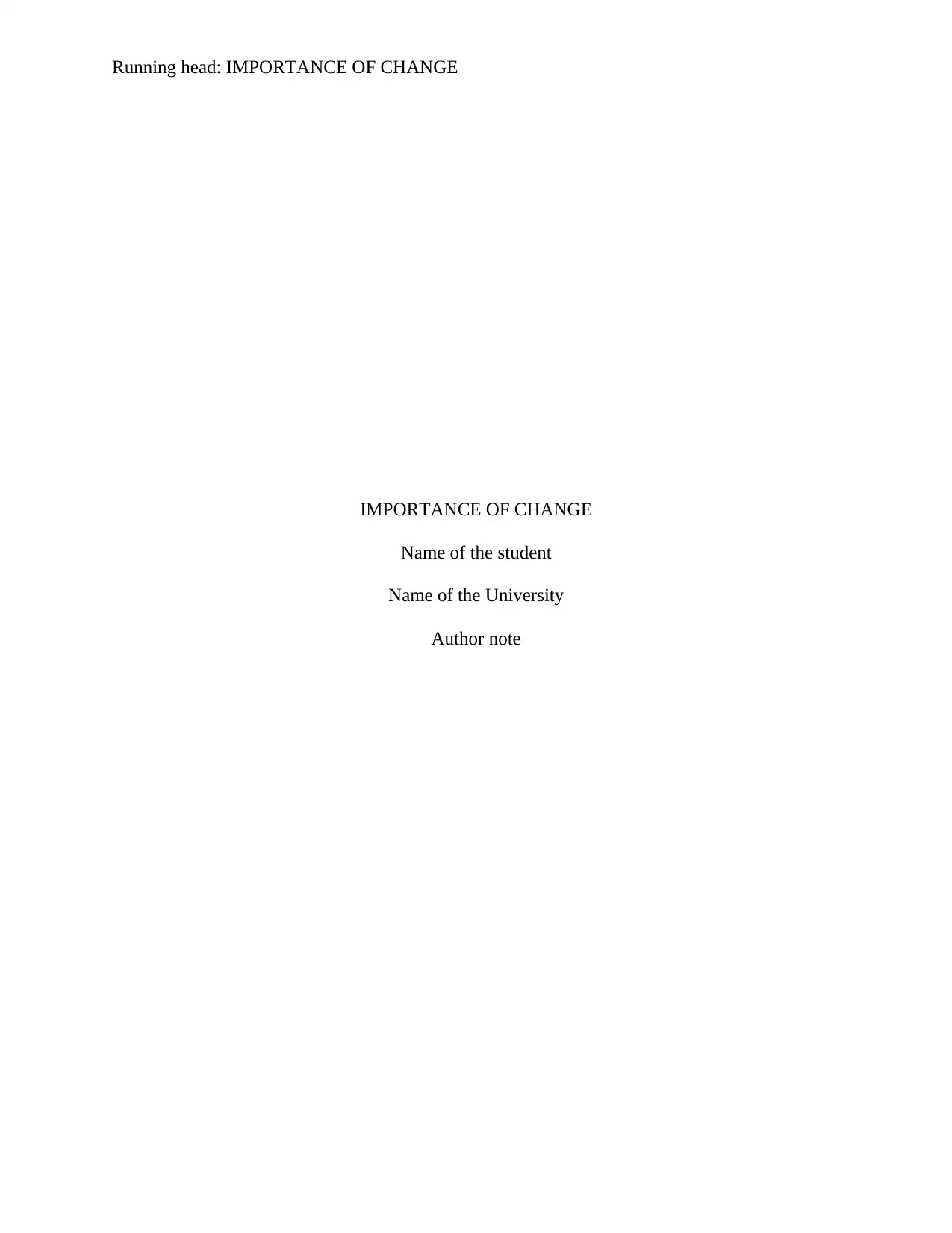
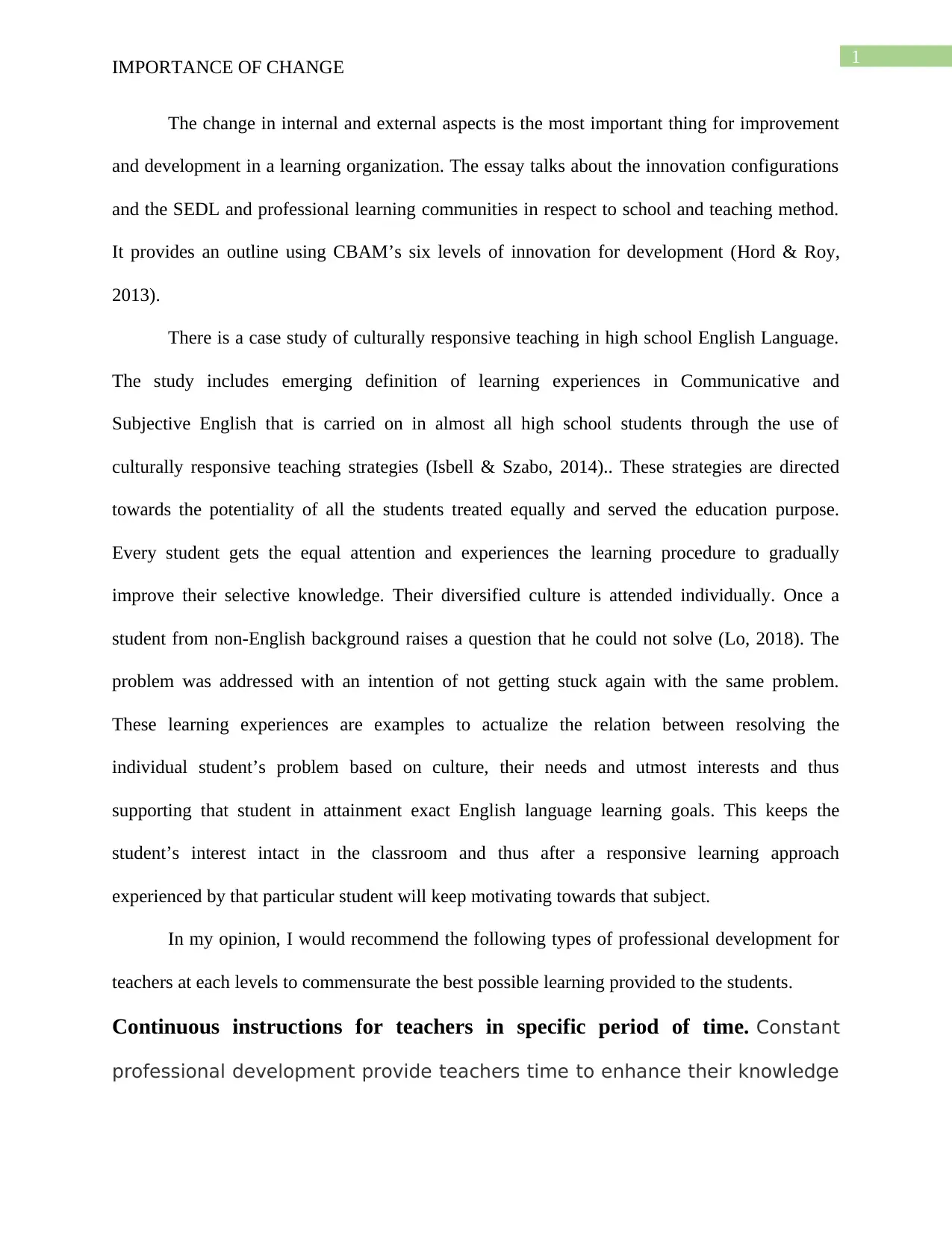
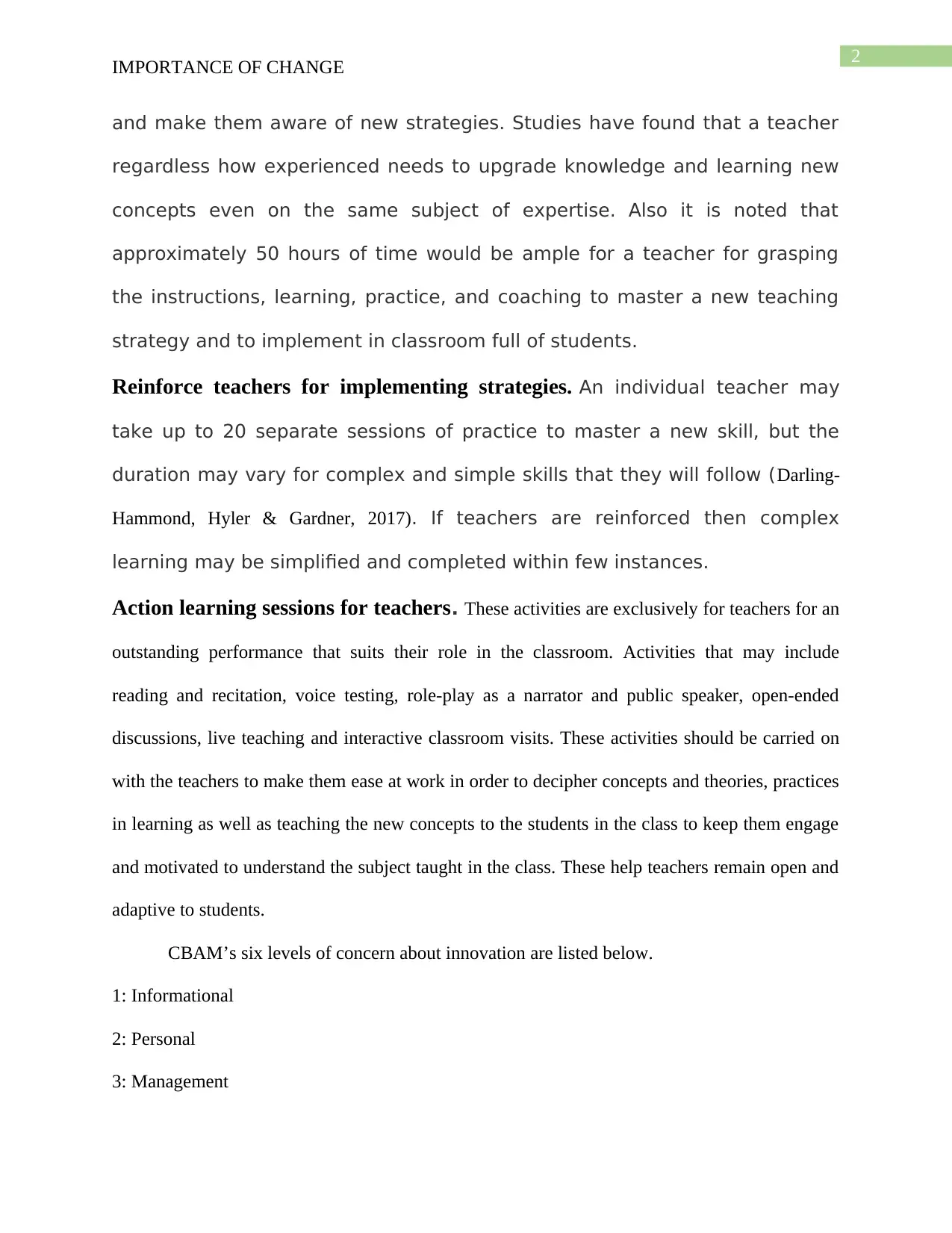

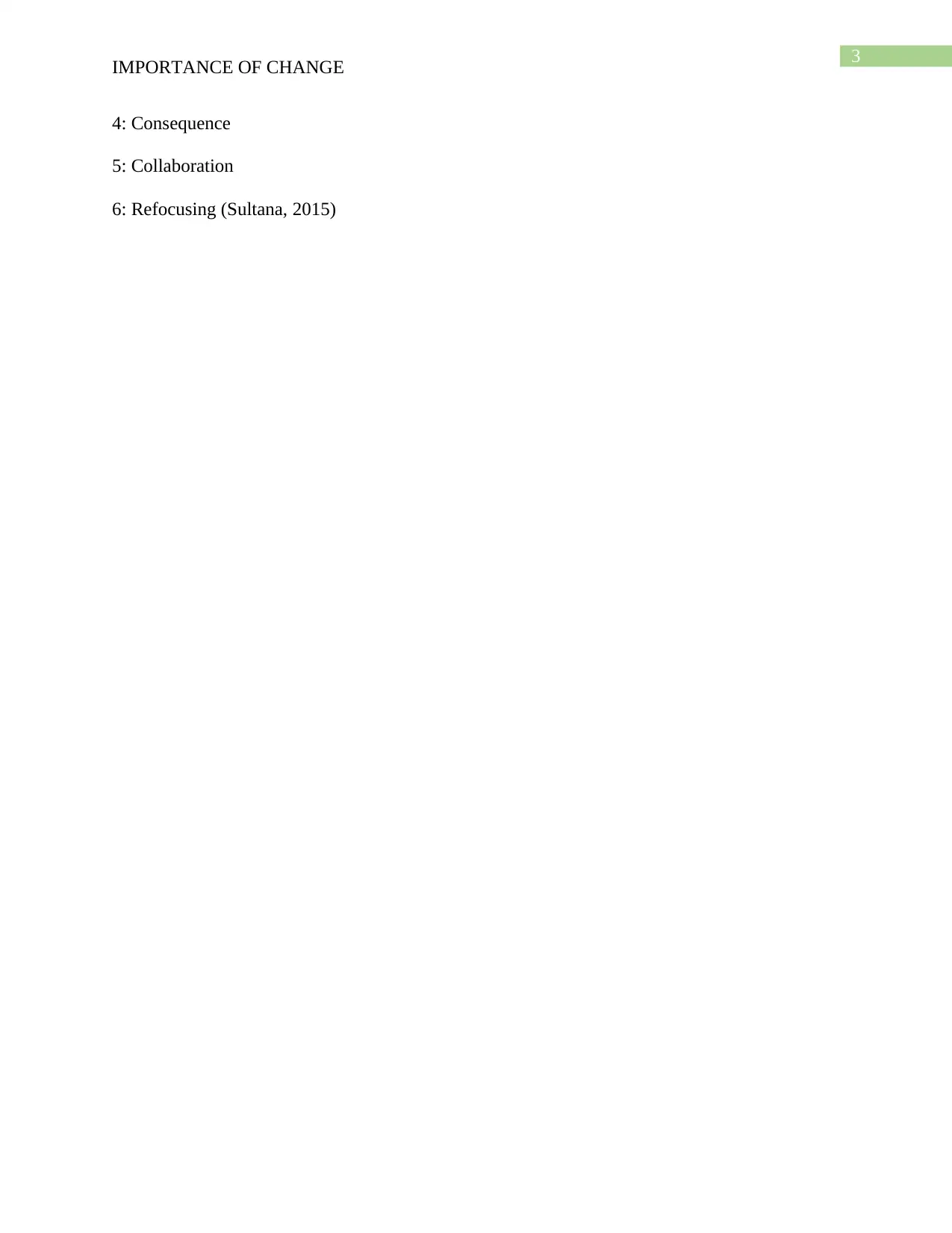
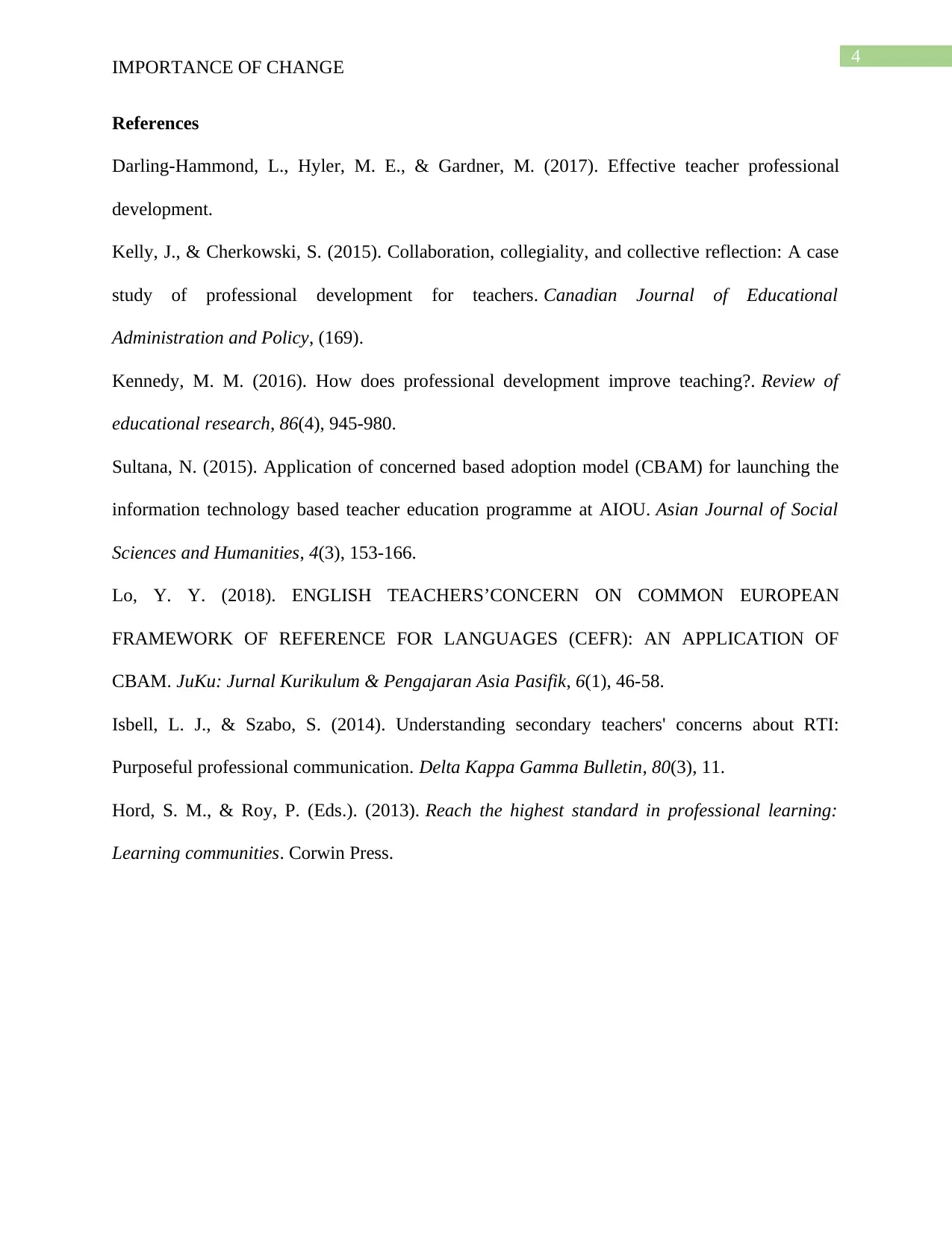






![[object Object]](/_next/static/media/star-bottom.7253800d.svg)